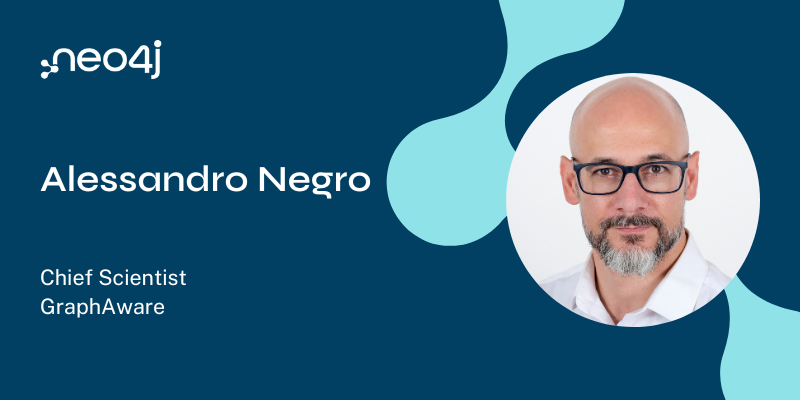This Week in Neo4j: Llamaindex, Semantic Search, Graph Database, Entity Resolution and more

Senior Developer Marketing Manager
2 min read

Welcome to This Week in Neo4j, your weekly fix for news from the world of graph databases!
Attention: NODES 2024 Call for Papers closes on 15 June. With this special link you can still submit for a few more days beyond the official deadline!
This edition features the Property Graph Index by Llamaindex, Topic Extraction with GDS, an intro to Graph Databases and Entity Resolution with Knowledge Graphs.
I hope you enjoy this issue,
Alexander Erdl
COMING UP NEXT WEEK!
- Livestream: Neo4j Live: Mastering Retrieval Queries with Vector + Graph on June 19
- Conferences: Find us at Collision, Toronto on June 17
- Meetup: Meet us in London, UK on June 18, Baltimore, US & Sydney, AU on June 19, Reston, US on June 20
- All Neo4j Events: Webinars and More
- GraphSummit Series: Get Connected With Graphs
FEATURED COMMUNITY MEMBER: Jonathan Looi
Jonathan Looi is a Security Engineer at Google. He focuses on threat intelligence within Google Cloud’s Product Security Engineering team and is passionate about using graphs to track and detect threat actors.
Connect with him on LinkedIn.
He is already confirmed to speak at NODES 2024. In his session, he will dive into using Neo4j for cyber threat detection within cloud environments. Security engineers and cybersecurity professionals will gain practical insights into creating an ontology for security logs, using Cypher for writing detection rules, Sysmon and cloud-specific logging, and Neo4j’s Graph Data Science plugin to uncover malicious threat actor behaviour.
LLAMAINDEX: Introducing the Property Graph Index: A Powerful New Way to Build Knowledge Graphs with LLMs
LlamaIndex just announced a new feature that expands knowledge graph capabilities to be more flexible, extendible, and robust: the Property Graph Index! In this blog post, they show us how to construct and query your graph and then explain how to use the Property Graph Store.
SEMANTIC SEARCH: Topic Extraction with Neo4j GDS for Better Semantic Search in RAG Applications
Nathan Smith explains how to enhance semantic search in Retrieval-Augmented Generation (RAG) applications by using Neo4j with Graph Data Science to extract and cluster topics from documents, enabling more relevant document retrieval through vector similarity.
GRAPH DATABASE: Graph Database – Trying out Neo4j
Saurav Prateek shares the basics of what graph databases are and shows in a few easy examples how data modelling and querying work with Neo4j.
ENTITY RESOLUTION: Entity resolution and knowledge graph: A powerful duo for faster and clearer contextual insights
This article dives into the mechanics of integrating entity resolution with knowledge graphs. This integration improves data accuracy and clarity and significantly speeds up the process of deriving actionable contextual insights.
POST OF THE WEEK: Qdrant
Qdrant is now fully integrated with @neo4j‘s APOC procedures, bringing advanced vector search capabilities to your graph database applications! 🚀
📖 Read the documentation: https://t.co/tAxTa3iivM
— Qdrant (@qdrant_engine) June 7, 2024
Don’t forget to share it if you like it!








